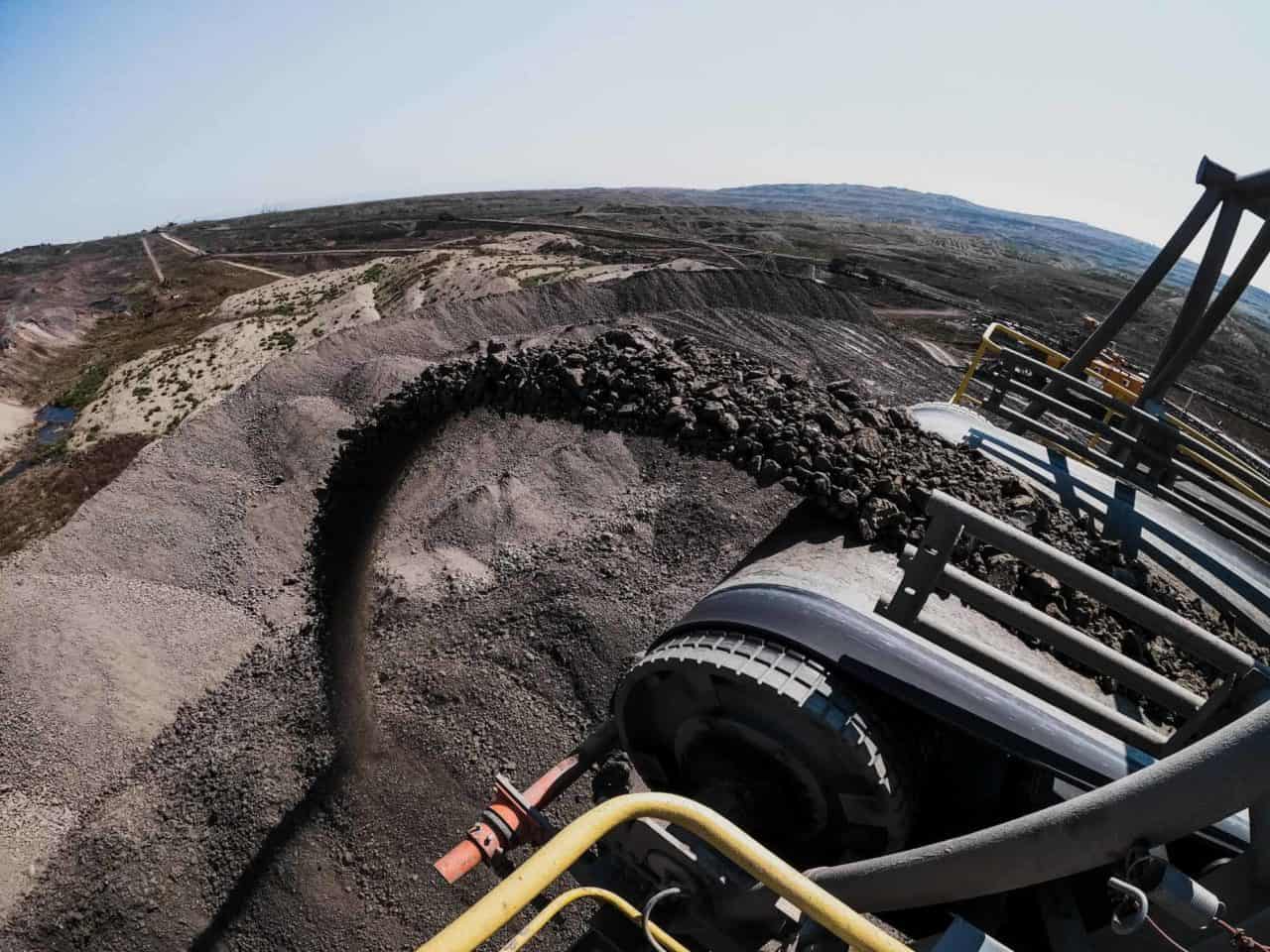Today I had an appraiser come to my house to take pictures and measurements. His appraisal will be relied upon by the mortgage company when they underwrite my refinance. This appraisal is important to the mortgage company. It gives them confidence that the value of my home is worth more than the money they are lending. This is one of the key purposes of appraisals. However, they are also useful for buying and selling real estate, businesses, and yes, even mines and mining properties.
Valuing a mineral property can be a tricky business, especially when there are few comparables and the underlying economics of any given property can change rapidly. Fortunately, mining consultants have developed systems and models that can be used to estimate value. These range from using sales comparisons where data is available, to income approaches that utilize a discount cash flow (DCF) model to explore future value. The way this value is calculated depends on where the commissioner of the valuation sits in the picture. Is a potential future or existing royalty being valued? Or is the value of the operation being looked at from the position of the mineral property developer themselves?
Different stages of mineral properties are valued differently. Mineral exploration properties that are in an early stage and do not have any proven reserves are valued primarily on their potential for future discovery. Mineral exploration properties that have reached a Preliminary Economic Assessment phase and contain indicated or inferred resources can be valued based on discount cash flow (DCF) modeling. As the property develops through pre-feasibility and feasibility, assumptions can be proven. The valuation becomes more firm and (ideally) increases.
The DCF Model
The discount cash flow model is a useful tool for valuing any venture that has cash flows or the potential for cash flows. The method estimates the value of an investment based on its expected future cash flows. Essentially, DCF analysis attempts to figure out the value of an investment today, based on forecasts of how much money it will generate in the future. This is known as the Net Present Value or NPV. The amount of time that these cash flows are projected is determined by standards or left up to the valuer.
The DCF is made up of several parts that are used to generate the NPV. A simple DCF is made up of revenue projected with costs and other operating expenses. They are subtracted with other contingency expenses to generate a monthly or annual net. This net is then discounted back to the present time using a discount rate. The number of years of cash flow estimated in the DCF model is one of several key assumptions. Any DCF is made up of a series of assumptions; however, the more robust the assumptions made in the DCF, the better the model.
In addition to being useful for valuing a mining property, the DCF can also guide the decisions of investors in new companies, investing in acquisitions, or buying a stock, and for business owners and management looking to make expenditure decisions such as opening a new mine or purchasing or leasing new equipment.
Discount Rates
One of the biggest assumptions made when building any DCF model is the discount rate used. The discount rate expresses the time value of money and can make the difference between whether an investment project is financially viable or not. A discount rate is generally calculated by adding the safe rate of return to additional risk factors that are unique to the property, business, or project being valued. The discount rate is one of the biggest factors on NPV when building a DCF model. An appropriate discount rate should reflect the level of development of the operation and account for risks known and unknown.
Key Limitations
A valuation is only as good as the competency of the valuer and the quality and defensibility of assumptions made. A realistic discount rate should reflect this level of defensibility and the identification of potential risks. Reliance on outside expertise is often (almost always) required when conducting a valuation. Understanding the competency and reliability of these outside experts is key – and understanding their limitations is equally important.
Burgex Mining Consultants has experience valuing mineral properties within our PEA, PFS, and Feasibility Reports on a variety of commodities ranging from sand and gravel through industrial minerals and precious/base metals. Some of our team members have conducted valuation exercises for some of the largest mining projects in the world. Contact us today for a free estimate!

